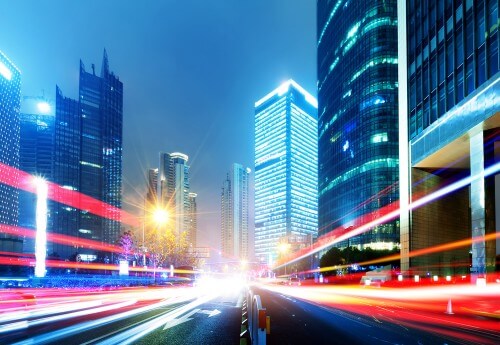Even nature reserves are not protected from light pollution

Adaptation: Gilat Simon
Protected areas such as nature reserves and national parks are considered to provide a haven for wildlife, but according to a new study, many of these areas are not protected from light pollution. Thanks to the increase in urbanization, night skies in many areas are no longer dark. Although artificial light is beneficial to humans, it has a negative effect on nocturnal animals as artificial light disrupts natural breeding cycles, confuses migratory species and increases the risk of predation. Despite the growing awareness of the importance of conservation and the prevention of environmental pollution, light pollution, or actually light pollution at night, is less familiar to us and therefore we are less aware of it and its consequences.
To assess how well protected areas such as nature reserves protect wildlife from light pollution and preserve natural night darkness, researchers analyzed satellite images of the Earth collected by the Meteorological Satellite Program between 1992 and 2010.
Individual pixels, representing approximately 3 square kilometers, were assigned a number based on their degree of illumination, on a scale ranging from 0 (total darkness) to 63 (a very brightly lit urban area). More than 170,000 conservation areas (reserves or parks) have been identified using the International Database for Nature Conservation in Protected Areas. A comparison was made between the degree of nocturnal illumination in unprotected areas on each continent over two decades. Although 86% of the land masses remained relatively dark at night, there is no doubt that the darkness decreases slightly in all the areas examined. Protected areas generally remained darker than unprotected areas, but there was an increase in nighttime light exposure between 1992 and 2010, as the researchers reported in the journal Conservation Biology. In Europe, Asia, South and Central America, up to 42% of protected areas experienced a significant increase in nighttime illumination. A smaller percentage of protected areas, 24% in Europe and 17% in North America, have exhibited high levels of nocturnal illumination over the years.
Based on these findings, the researchers indicated that areas with reduced night lighting should be allocated around existing nature reserves, in order to preserve natural darkness and thus preserve biodiversity.
For information on the SCIENCE website
More of the topic in Hayadan:
More of the topic in Hayadan:
